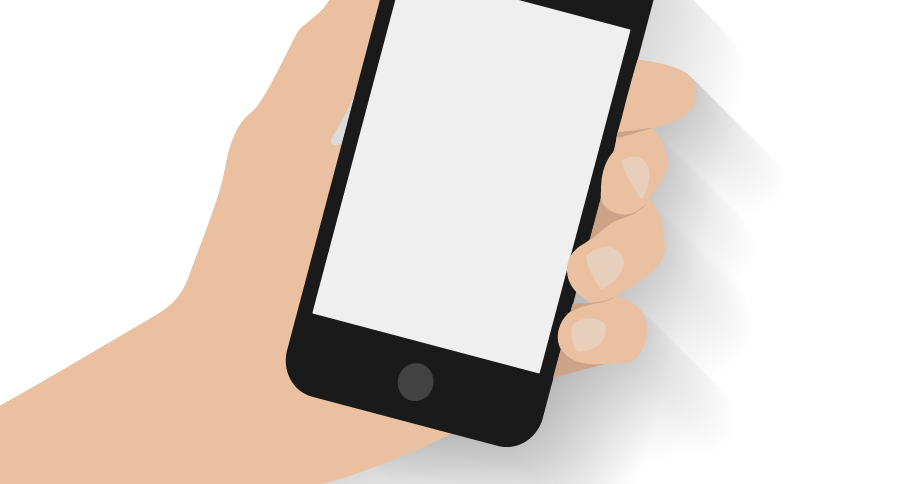Chapter 6
Leverage APIs and other health IT
In this chapter
Learn how to:
- Use APIs to help patients access their data and take an active role in their health
- Evaluate health apps to use as tools for patient engagement
mHealth — the use of mobile and wireless technologies to promote health — is an ever-changing field with great potential for patient engagement.
There are a growing number of patient-facing mobile applications and online tools designed to give patients access to their health information. These tools and apps can help people:
- Effectively manage chronic conditions
- Participate in research
- Share data with clinicians in real time
- Take a more active role in their health care
There are also numerous apps to help patients manage specific health conditions like diabetes or epilepsy.
6.1 Use APIs to help patients control their data
One way for patients to access their EHR data is through an Application Programming Interface (API). The availability of APIs enables third-party app developers to connect patients' EHR data to new types of applications and online tools.
By enabling third-party API access to data from your EHR when patients request it, you can help empower your patients to use these innovative tools to support their health goals.
Yale Center for Clinical Investigation/Hugo | From the field
Yale Center for Clinical Investigation (YCCI) is collaborating with HUGO, a health data platform which gives patients seamless access to their electronic medical record — as well as data from other health systems and wearables or other devices — through the use of APIs.

Hugo app
Patients in the YCCI studies can use the Hugo app to aggregate their data from many types of EHRs. This puts patients in control of their data, allowing them to easily review their medical history, become partners in clinical research, and engage with researchers by responding to simple surveys via secure transmissions.
“We are just now scratching the surface of what will be possible with Hugo and this kind of patient empowerment. By enabling people to be active partners in research, we are accelerating progress towards a new generation of breakthroughs and a 21st century learning health system.”
— Allen L. Hsiao, MD, Chief Medical Information Officer, Yale School of Medicine & Yale New Haven Health
6.2 Use apps to support patient engagement
It’s no secret that mobile phones are everywhere these days, since 95% of Americans now own a cellphone of some kind — and 77% own a smartphone.102 The options for health apps are numerous, ranging from activity trackers to medication reminders and chronic condition self-management tools.
A 2013 study found that 9 in 10 patients would use an app if their doctor prescribed it.103 It also found that people who use mHealth tools are more likely to follow their clinicians’ advice and to be proactive about their health care.104
However, we still have a lot to learn about which “prescribable” apps are most effective.105 As more health professionals try out these new tools, the amount of information about the best ways to develop and use apps for patient engagement is sure to grow.
Evaluate and pilot test apps before recommending them
If you’re thinking of recommending an app for patient engagement — whether related to general wellness or for managing a specific health challenge — it’s important to do your homework. The following steps will help you evaluate whether an app is user friendly and appropriate for your patients.106
- Review the literature: Search the scientific literature for app reviews and clinical trials
- Search app clearinghouses: Websites that review apps can help you identify pros and cons of specific apps
- Search app stores: Be sure to use specific key words, including terms related to the health condition or target behavior
- Read user ratings and reviews: Look for positive comments about how the app works, how easy it is to use, and how effective it is
- Read the privacy notice: Make sure that the app will protect your patients' health information by checking out the app's privacy notice
- Ask your professional and patient networks: Use social media to find out what apps people like or are interested in
- Pilot test the app: Try it out yourself — or enlist a helper — to assess the app’s functionality, accuracy, and usability
- Get patient input: Once your patients have tried the app, don’t just talk about their health data — ask them how they like the app, too
There’s a lot to consider when researching and pilot testing an app! Of course, ease of use is key — but quality and safety are also essential.
- Usability is the “effectiveness, efficiency, and satisfaction with which specific users can achieve a specific set of tasks in a particular environment.” To learn more, check out Selecting a Mobile App: Evaluating the Usability of Medical Applications.
- Some factors that affect the quality and safety of a health app depend on the type of information or health condition the app addresses. Developing a Framework for Evaluating the Patient Engagement, Quality, and Safety of Mobile Health Applications lists some of the factors to consider.

Chapter 6 Recap
Improve clinical decision-making by leveraging technologies to:
- Use APIs to help patients access their data and take an active role in their health
- Use apps to support patient engagement
Content last updated on: May 31, 2019









